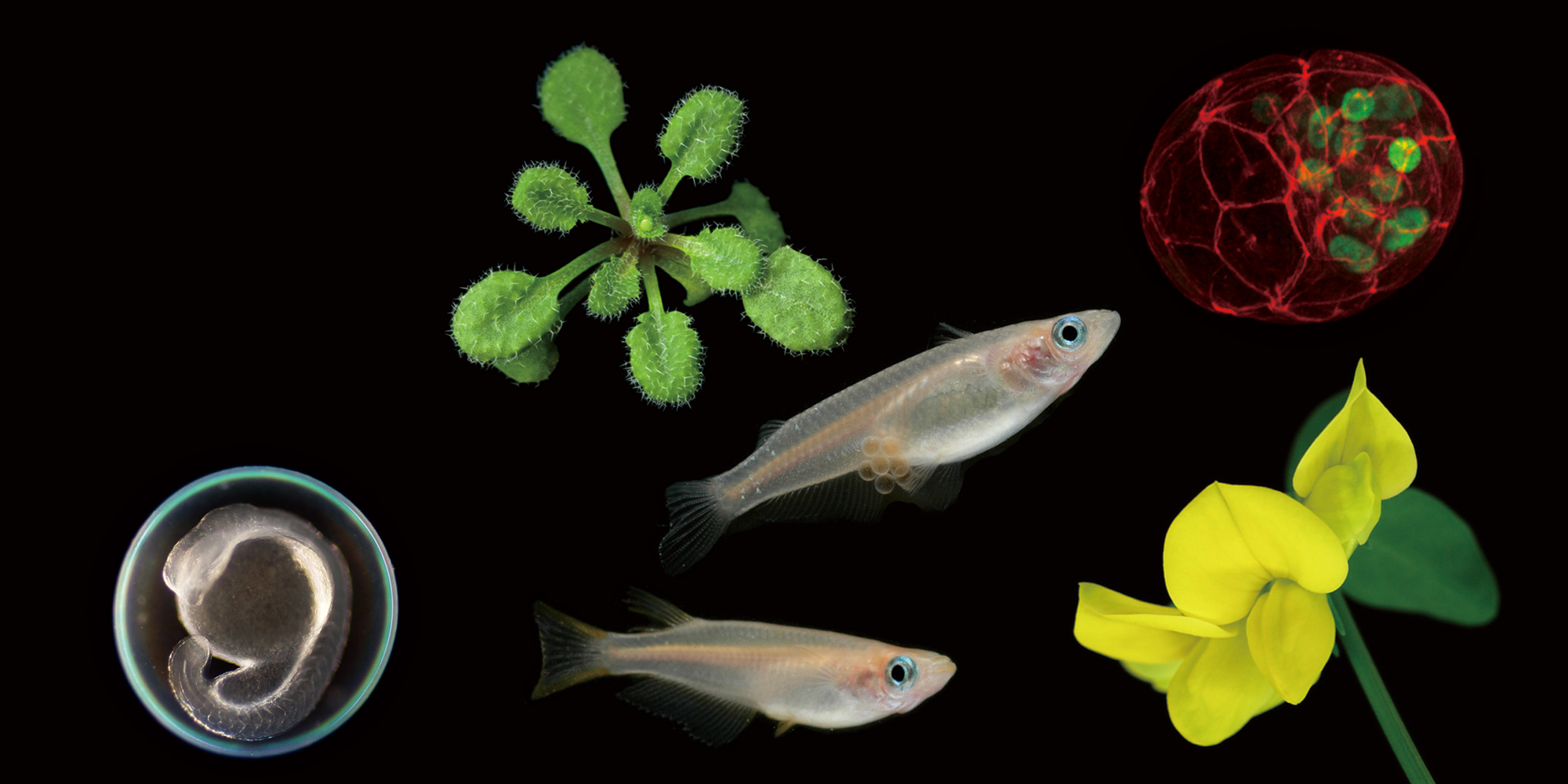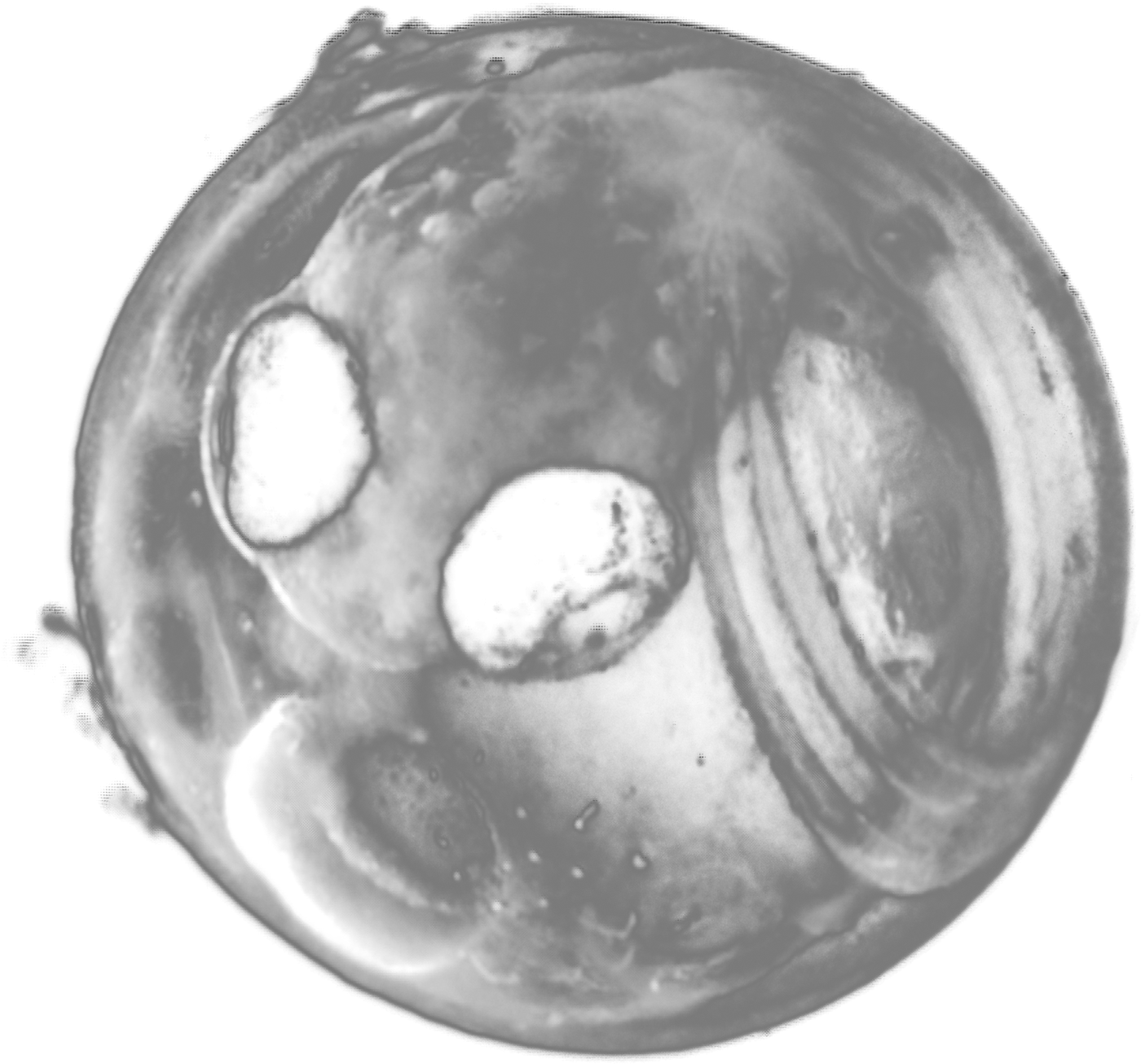2010.09.09 部門公開セミナー
Opposing Nodal/Vg1 and BMP signals mediate axial patterning in embryos of the basal chordate amphioxus.
Takayuki Onai Ph.D (Marine Biology Research Division, Scripps Institution of Oceanography, University of California San Diego)
2010年09月09日(木) 15:00 より 16:00 まで
明大寺地区1階会議室(111)
形態形成研究部門 高橋 弘樹 内線7572 taka@nibb.ac.jp
The basal chordate amphioxus resembles vertebrates in having a dorsal, hollow nerve cord, a notochord and somites. However, it lacks extensive gene duplications, and its embryos are small and gastrulate by simple invagination. Here we demonstrate that Nodal/Vg1 signaling acts from early cleavage through the gastrula stage to specify and maintain dorsal/anterior development while, starting at the early gastrula stage, BMP signaling promotes ventral/posterior identity. Knockdown and gain-of-function experiments show that these pathways act in opposition to one another. Signaling by these pathways is modulated by dorsally and/or anteriorly expressed genes including Chordin, Cerberus, and Blimp1. Overexpression and/or reporter assays in Xenopus demonstrate that the functions of these proteins are conserved between amphioxus and vertebrates. Thus, a fundamental genetic mechanism for axial patterning involving opposing Nodal and BMP signaling is present in amphioxus and probably also in the common ancestor of amphioxus and vertebrates or even earlier in deuterostome evolution.
脊索動物の起源と進化を解き明かす上で鍵となる、ナメクジウオの初期発生を中心にLinda Holland Labで研究を展開している尾内隆行研究員によるセミナーです。
※セミナーは英語で行われます。







